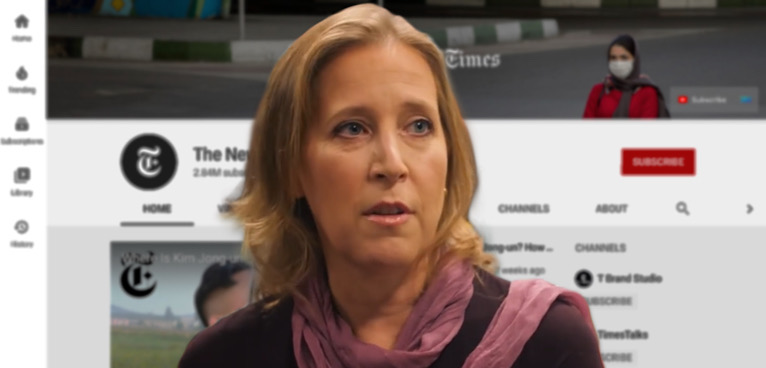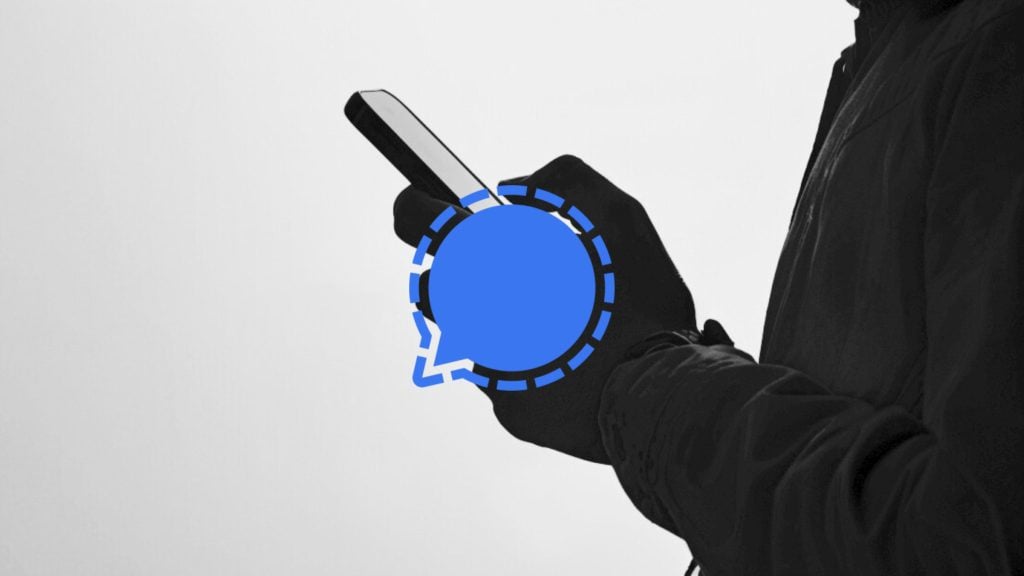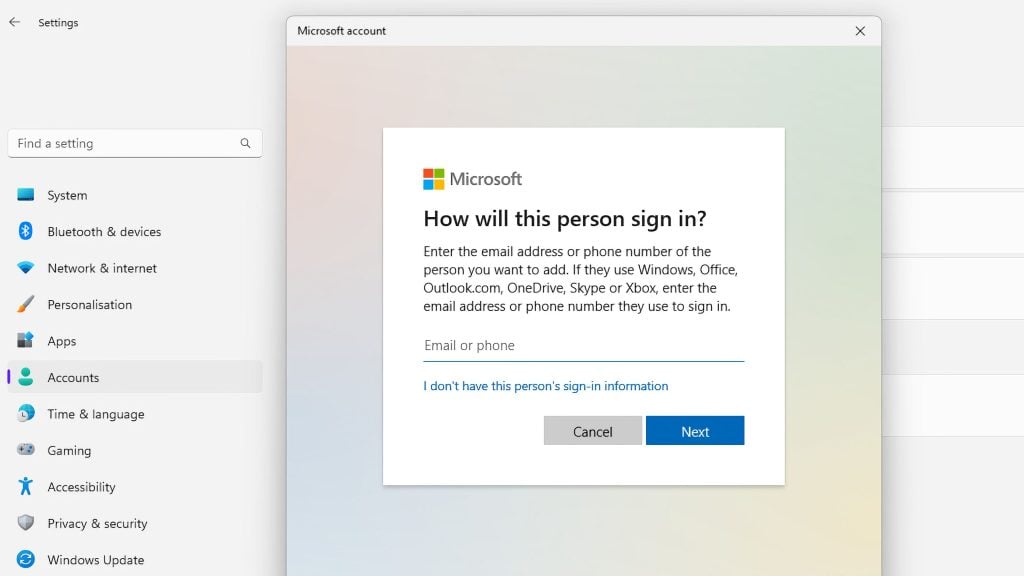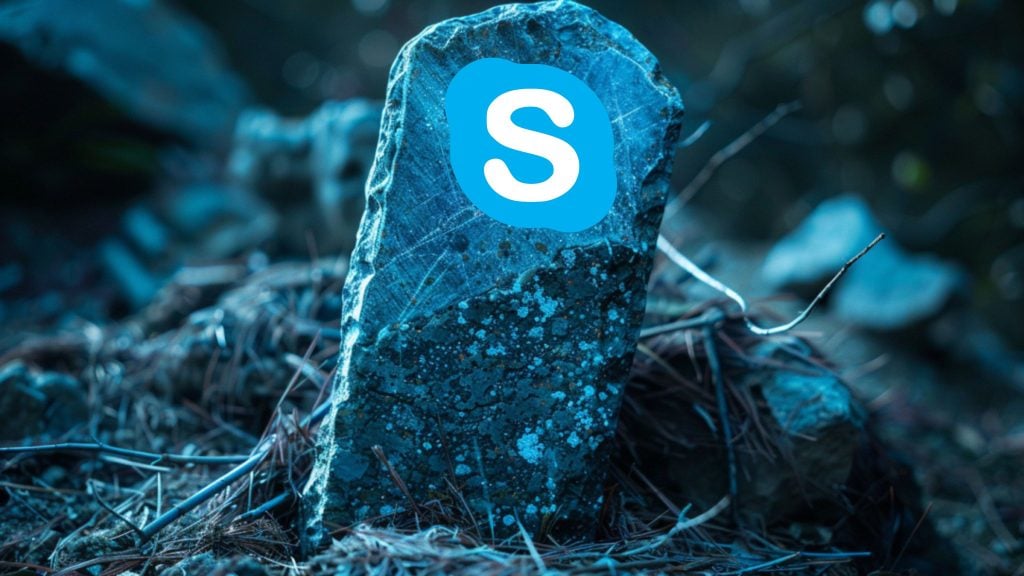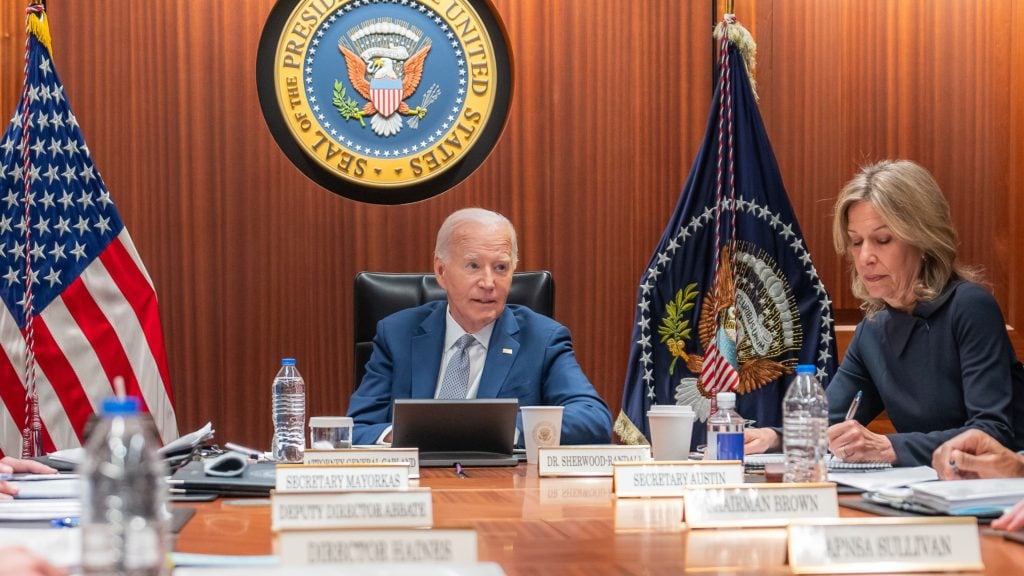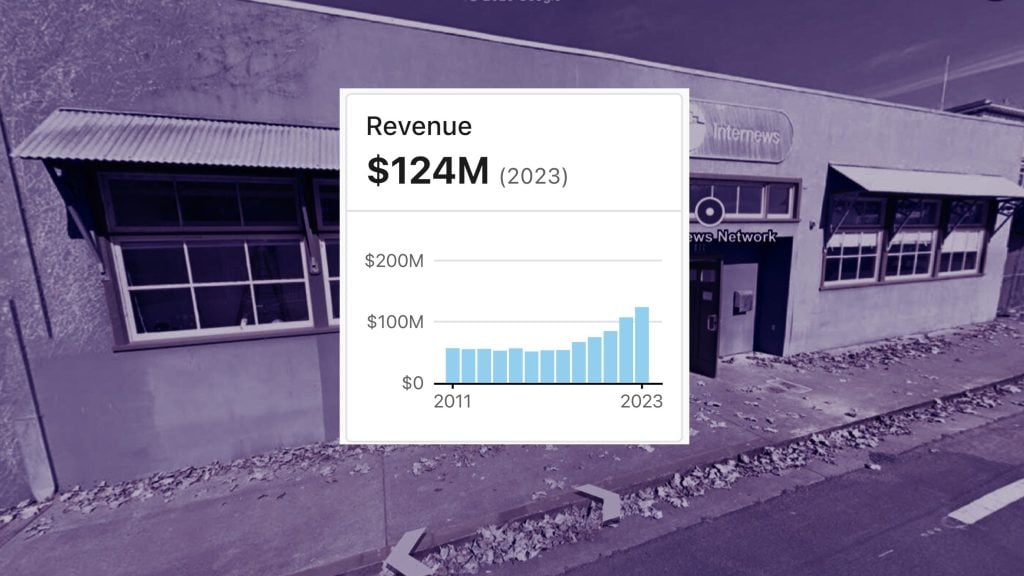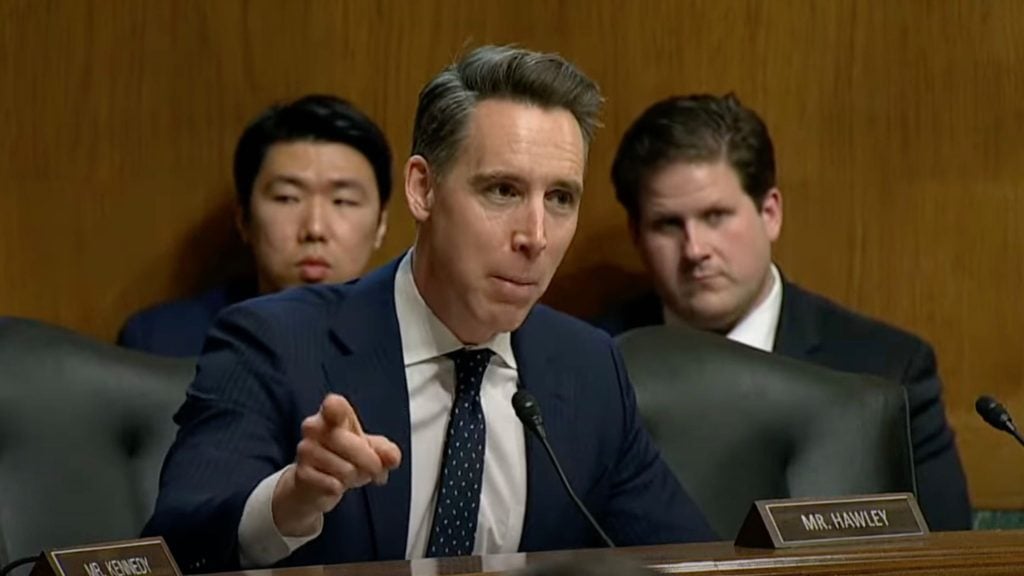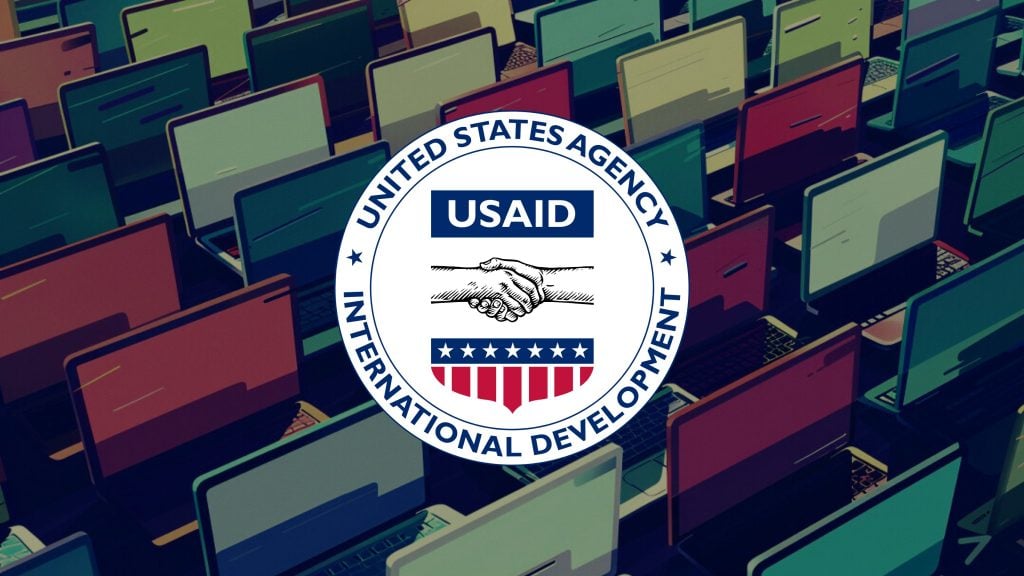Over the last few years, YouTube and its executives have made it clear that when it comes to news and current events, “authoritative sources” (mainstream media outlets it deems to be trustworthy) will get boosted via the platform’s recommendation tools while independent creators who cover the news will be suppressed.
And during an interview on The New York Times’ “Rabbit Hole” podcast, YouTube CEO Susan Wojcicki admitted that most YouTube users don’t want to watch these “authoritative” sources but said the platform will continue to boost them anyway.
Wojcicki said that she decided to start prioritizing authoritative sources in the wake of the terrorist attack in Nice, France on Bastille Day (July 14) in 2016.
“I remember reading about it and being just extremely upset and thinking our users need to know about it,” Wojcicki said.
She then decided that YouTube would start pushing videos about the attack to the homepage of users in France and prioritize videos from authoritative sources when French users searched for information about the attack.
However, after making the change, YouTube engineers warned Wojcicki videos from the mainstream “authoritative” sources weren’t performing very well in terms of engagement.
“The users don’t wanna actually see it,” the engineers told Wojcicki at the time.
But Wojcicki decided to keep showing the videos to users and told the engineers. “It doesn’t matter. We have a responsibility. Something happened in the world and it’s important for our users to know,” Wojcicki boasted.
She added that this was the first time YouTube started pushing information to users that was “relevant,” even if the users didn’t want to see it, compared to other content.
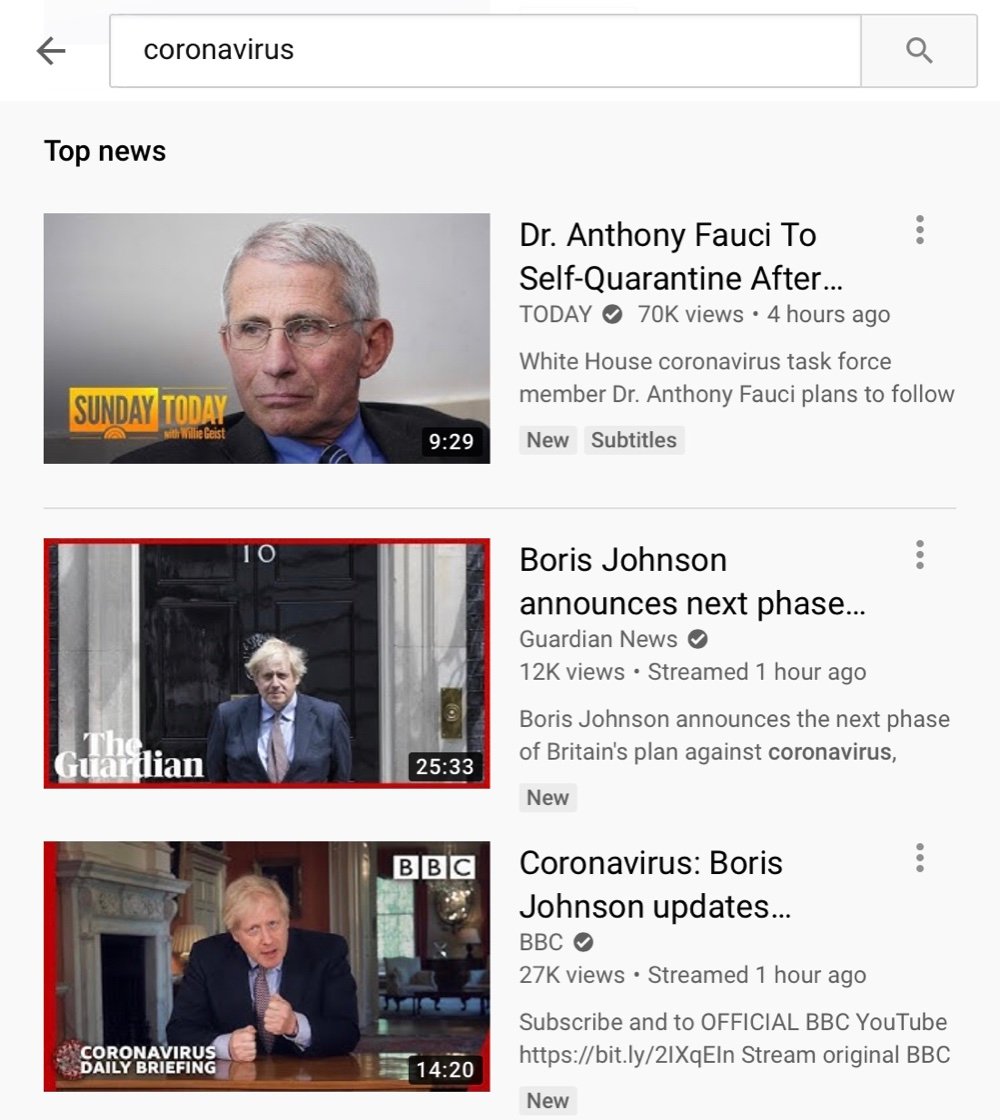
In the years since Wojcicki made this decision, YouTube has rigged the site heavily in favor of authoritative sources to the point that they’re now 10x more likely to top search results for some news events while YouTubers won’t even get recommended for breaking news.
And despite most YouTube users relatively not wanting to watch these mainstream media sources, YouTube’s constant promotion of them in search, recommendations, and on the homepage has boosted their views by 75% since the start of 2020, cementing and strengthening the dominance of legacy sources in the online era.
Another stat that reveals how aggressively YouTube is pushing these unpopular authoritative sources is that the coronavirus news shelf, which forces videos from mainstream media outlets onto users via the homepage, has been viewed over 10 billion times.
Recent comments from YouTube’s Chief Product Officer, Neal Mohan, suggest that the platform’s approach to who gets to cover the news and its attitude towards independent creators won’t be changing any time soon.
During an interview last month, he said creators “espousing” opinions “in their basement” can’t provide context on the news.

